What It's Like To Drive A V6-Powered Mk1 Mazda MX-5
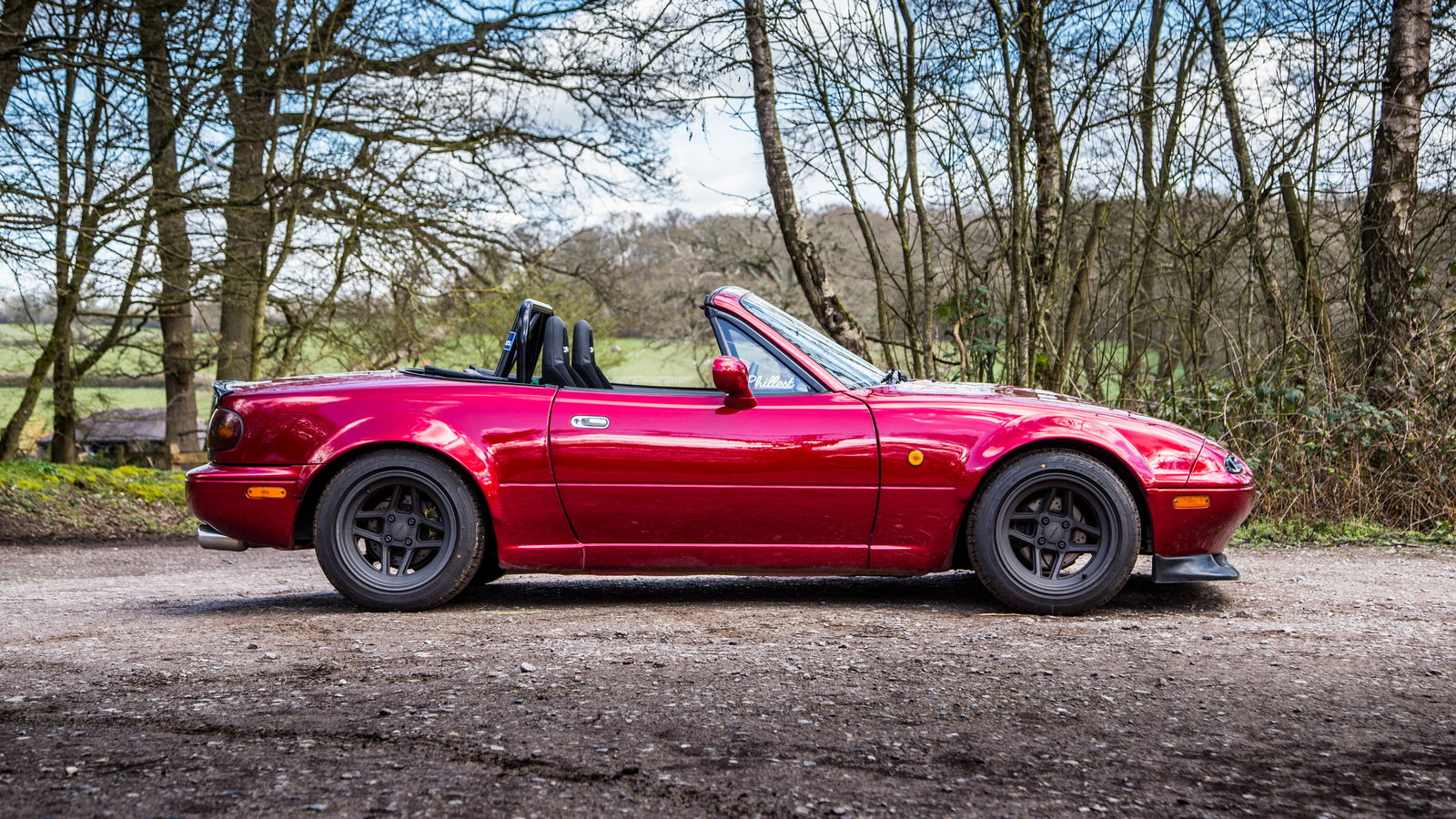
Pros
Cons
CT video chief Alex Kersten’s Mazda MX-5 has long been an easy target for mockery.
It’s a story beset with unwanted drama: he bought the first one he saw, which turned out to be riddled with rust. It got a turbo conversion, before getting stranded at the Nurburgring with oil pressure issues.
Although the car was successfully repatriated and running again, the engine later completely shat itself. After being mothballed for a little while, Alex and his fellow protein enthusiast/frequent CT collaborator Gareth dropped a stock 1.8-litre MX-5 engine in, putting the powertrain side of the project back to square one.

But since then, a hell of a lot has changed. ‘Phil’ has received widened arches, a gorgeous, full Soul Red respray, and - crucially - something a little more exciting under the bonnet. Gone is the bog-standard inline-four, replaced with a Rocketeer Jaguar V6. Suddenly, piss-taking is looking much harder.
But what’s it really like to drive? Alex loves it, of course; it’s the product of a five-year journey with multiple ups and downs, costing him a lot of time and money. But he can’t be entirely objective so, to find out if Phil really is a near-perfect first-gen MX-5 in his final form, it needs to be driven and reviewed by someone independent. Like me.
There are no giveaways to the under-bonnet changes when you climb in - the instrument cluster is unchanged, and it’s still fired up with the original key. Twisting the key in the barrel, though, is the point at which a very different MX-5 experience arrives. The 3.0-litre, six-cylinder engine awakes and settles to a throaty, bassy idle, and I pull away slowly, Alex’s worried face shrinking away in the rear-view mirror.
Away from outer London suburbia and with a clear road ahead, it’s time to try full throttle for the first time. Response from the naturally-aspirated six is immediate, power goes to the tarmac with no complaints from the Falken tyres, and pace gathers rapidly. It doesn’t feel laugh-out-loud fast as I’d been anticipating, but if you want shock and awe, you go for a boosty turbo.
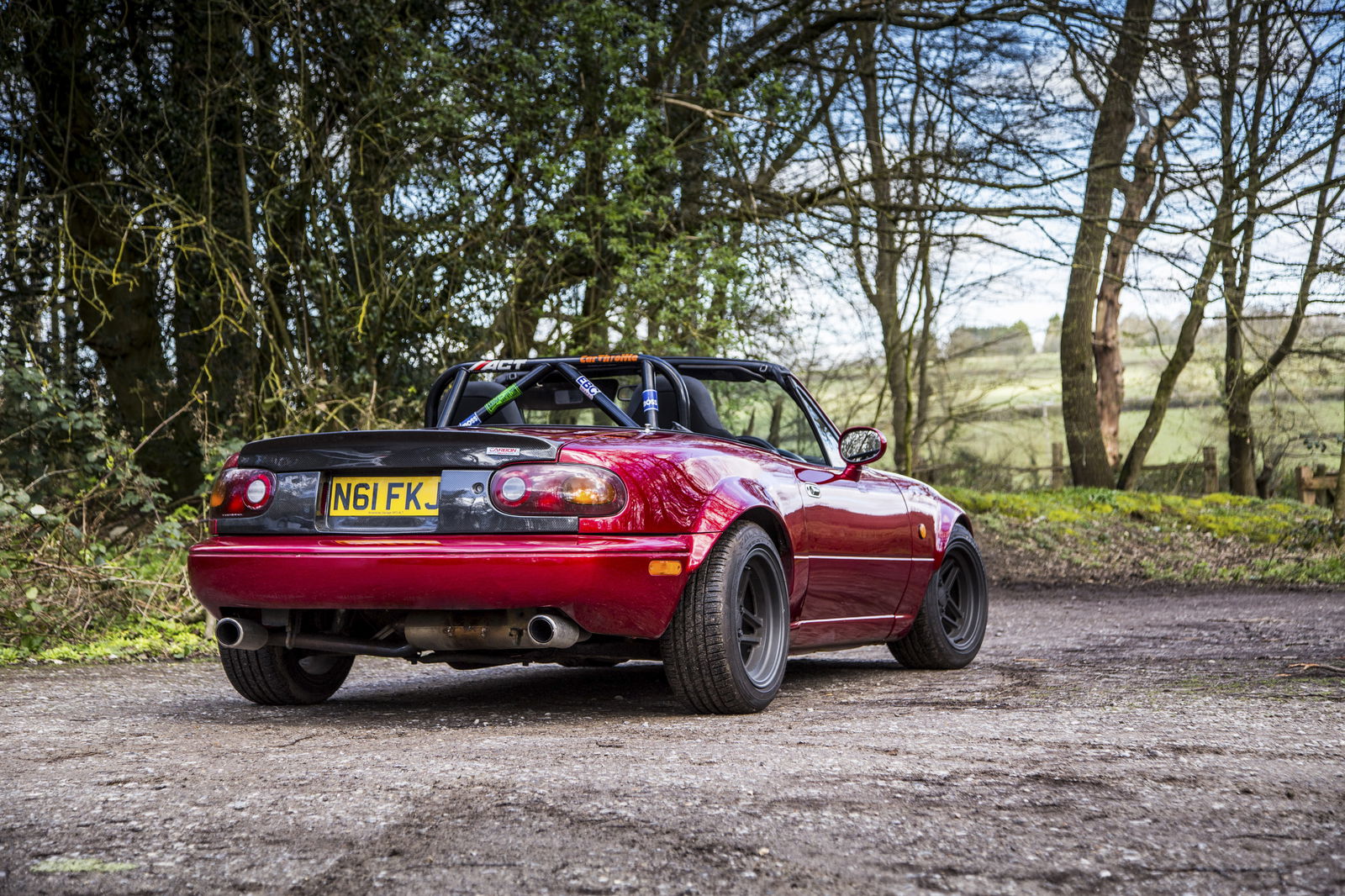
The Rocketeer’s appeal is more in its character, which it has in spades. The raspy exhaust note makes you feel like you’re in a British-built, six-cylinder racing car from the 1960s, with each heel-and-toe downshift an utter joy as the revs blip. And it is still more than fast enough to get you into trouble - we’re talking about an output of 255bhp and 225lb ft of torque in a car that weighs around a tonne.
On the subject of weight, you might think adding an extra couple of cylinders and another 1.2 litres of displacement to an MX-5 would be akin to dropping a cruise ship’s anchor on the bonnet, but that’s not the case. The ‘AJ30’ Jaguar V6, with its aluminium block, isn’t any heavier than the iron block inline-four this MX-5 left the factory with.
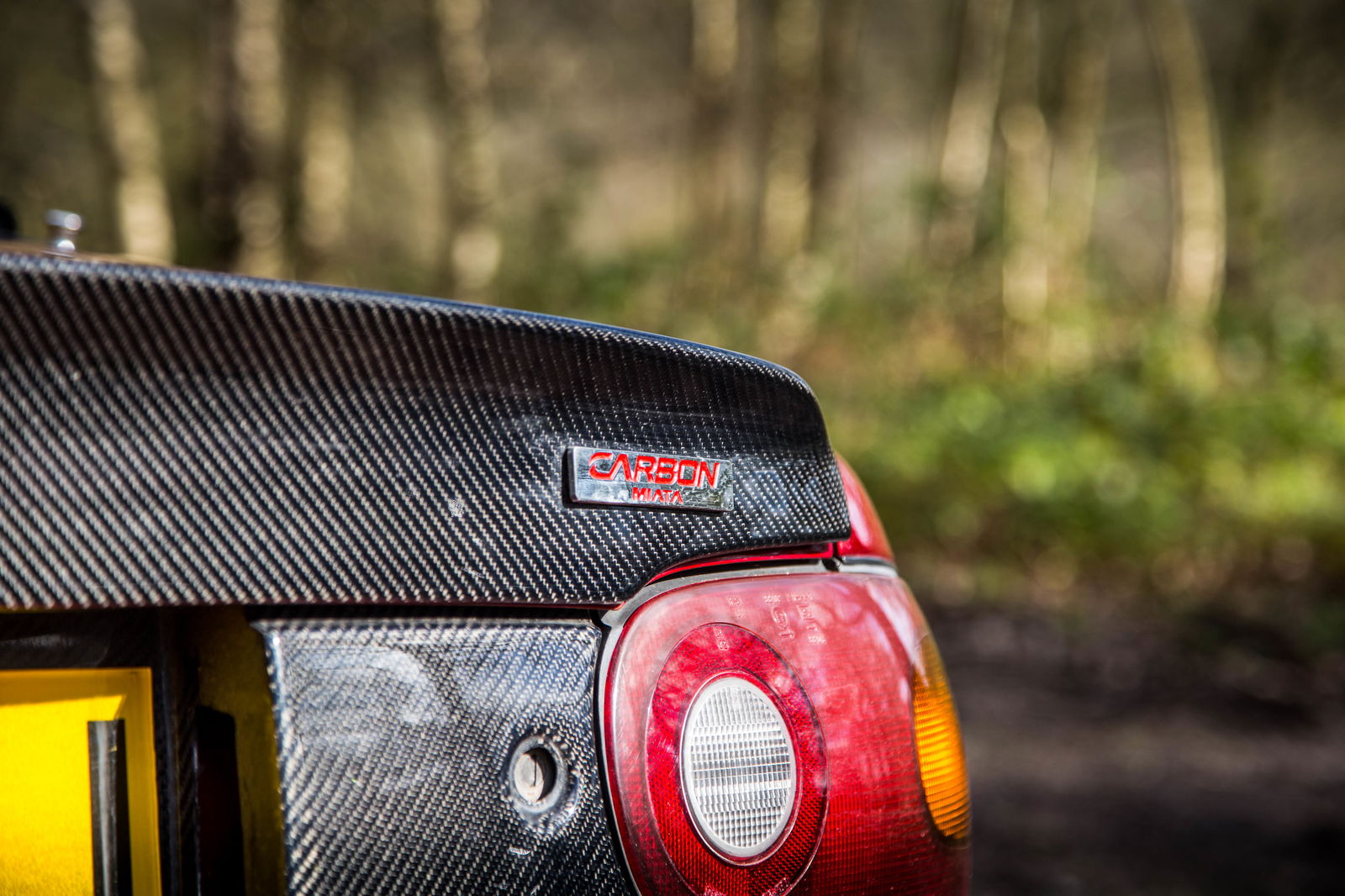
This means the near-perfect balance of the original Miata remains. It still feels agile and pointy, and is still relatively soft; Alex hasn’t dropped this MX-5 to the floor on super stiff suspension, opting instead for a set of H&R coilovers with a decent amount of give and a good level of ride height.
Time and time again I’ve driven modified cars that have been wrecked by poor suspension choices, so Phil makes for a refreshing change. The caveat is that when you really make the most of the newfound poke in the corners, the car can start to feel a little flexy and a little wayward. Anyone doing a lot of hard track work in their V6-converted Miata should think about getting some bracing to increase rigidity. I’m told it feels much better with the hardtop roof on, but the high-mounted bucket seat (due to be lowered - it’s too high even for Alex) making it a headroom impossibility for me.
If it was my Miata, though, I’m not sure I’d bother upping the rigidity. It’s still super satisfying driving this V6 MX-5 at seven-tenths on the road. The noise and the throttle response make for an enjoyable time however much you’re putting your foot down. It certainly helps that each gearshift is completed using the standard five-speed Miata box, with a short and precise throw few other cars can beat.
Along with the transmission, the brakes are mostly stock, too. When it comes to slowing down, Phil still uses the original calipers, although the brake lines are now braided. Being a light car, there’s more than enough stopping power, and pedal feel is excellent.
Pulling into a car park to take some shots, several nose-strikes from the super-low front splitter later (seriously, Alex, WTF -the front end of this is closer to the ground than a 911 GT3 RS), I have the opportunity to pop the bonnet. And what a treat that is. It’s hard to believe this was once the plastic-clad method of propulsion for a Jaguar S-Type - with bright red rocker covers and a carbon fibre intake manifold, it looks truly exotic.
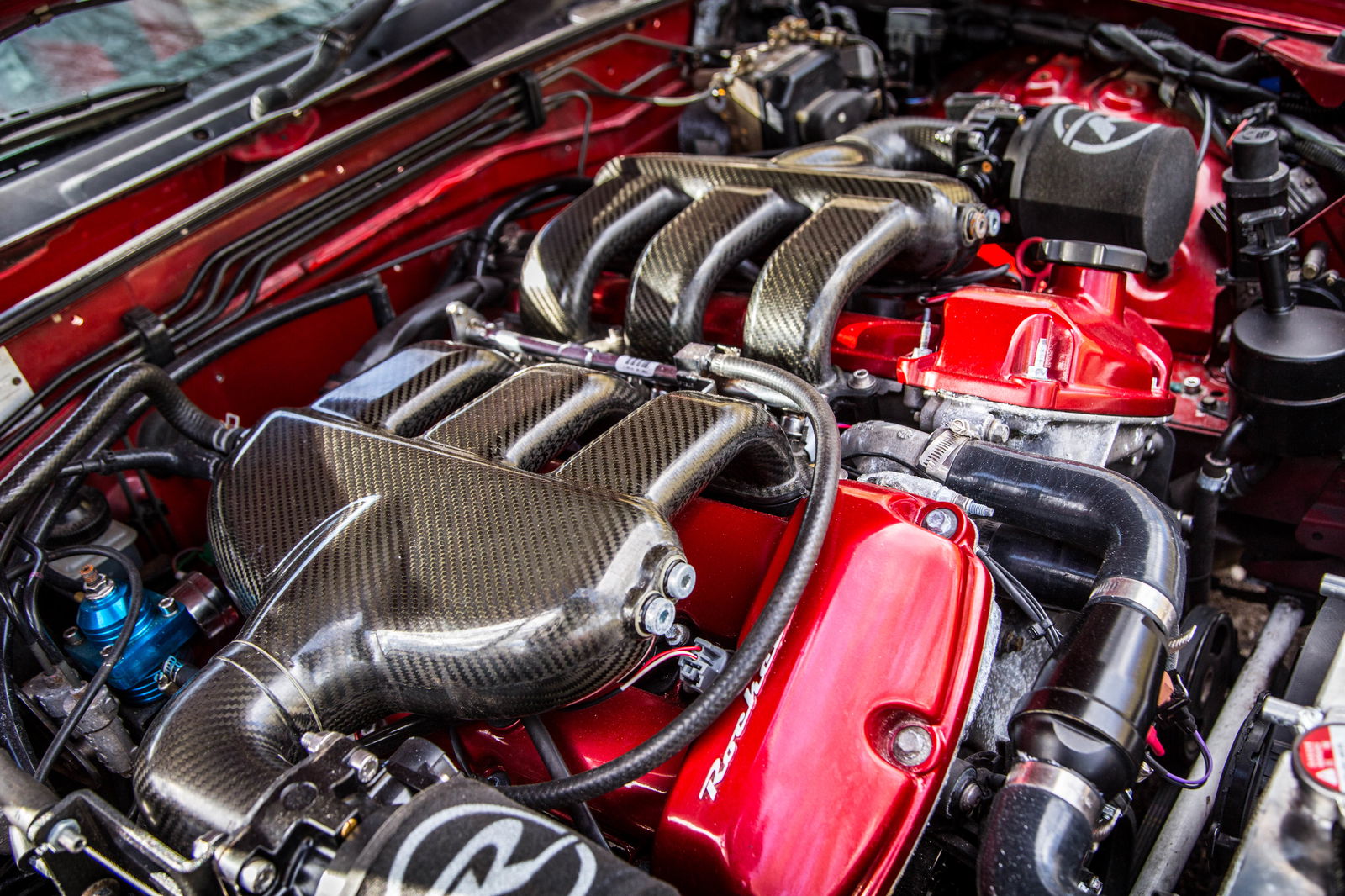
That’s not to say the 60-degree V6 isn’t a worthy engine, though. The AJ30 is an iteration of Ford’s Duratec 30, an engine developed with input from both Porsche and Cosworth. Companies that know a thing or two about making a good engine, in other words. Rocketeer went for Jag’s version due to the unit being in plentiful supply and coming with a fancy forged crank.
It sits on a completely bespoke front subframe, which happens to be lighter than the stock part. Power goes through the standard gearbox via an adapter plate, and in the case of this MX-5, to the rear wheels via a Torsen limited-slip differential, hence the lack of traction issues in the dry.
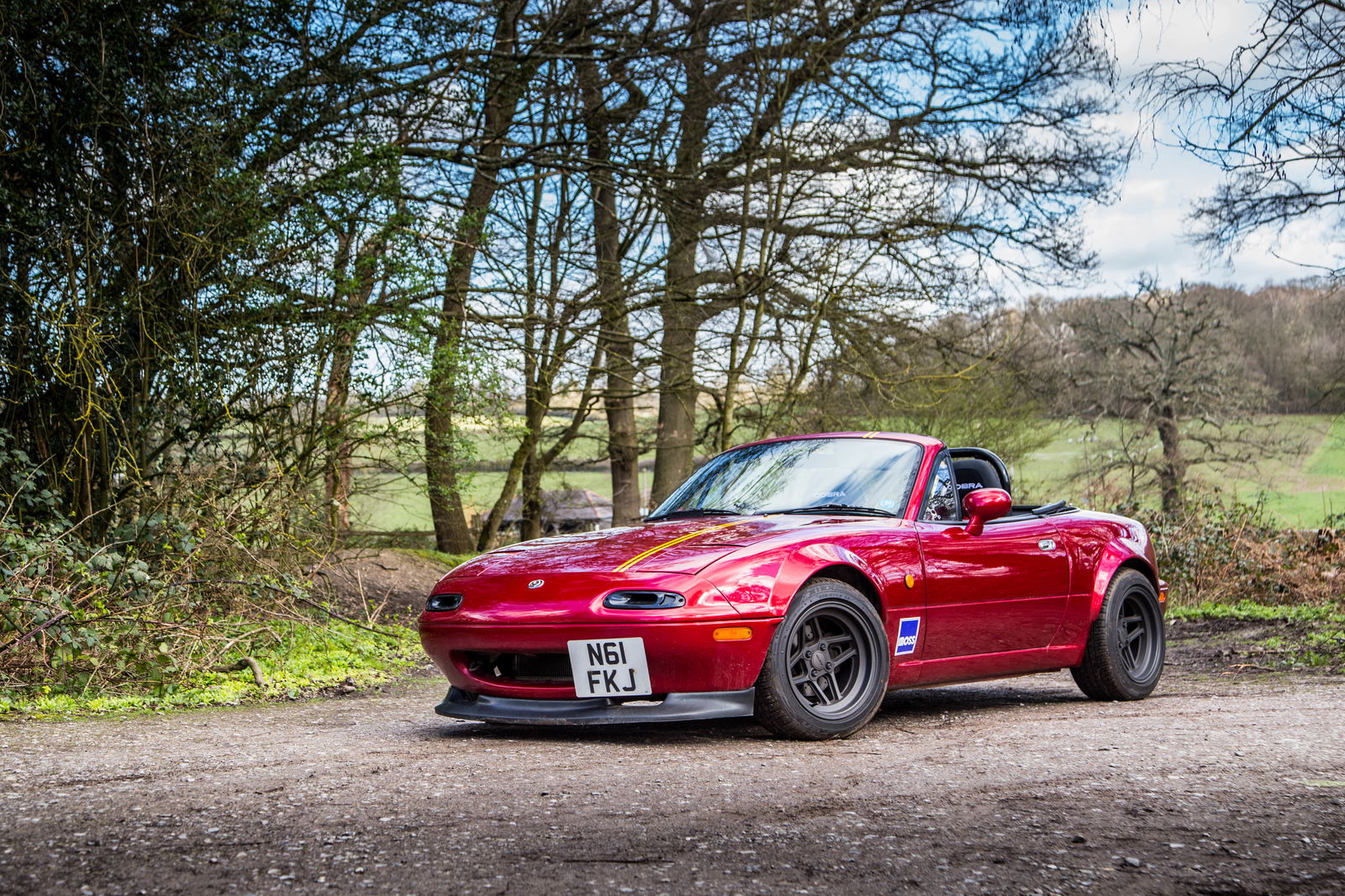
Sounds awfully appealing, doesn’t it? I don’t even own an MX-5, but the idea of sourcing one to be the lucky recipient of a Rocketeer V6 is tickling my fancy. Unfortunately, there’s one big stumbling block: price. The full kit is £12,495 (plus VAT), so once you’ve factored in the chassis mods needed to help manage the extra poke, you’re looking at a hefty wedge.
That’s not a criticism aimed at Rocketeer - engine swaps are always spendy affairs. BBR GTI once told me that if the Flying Miata ND MX-5 V8 conversion was brought to the UK, it’d likely end up costing £100k. Silly sums of money come with the territory.
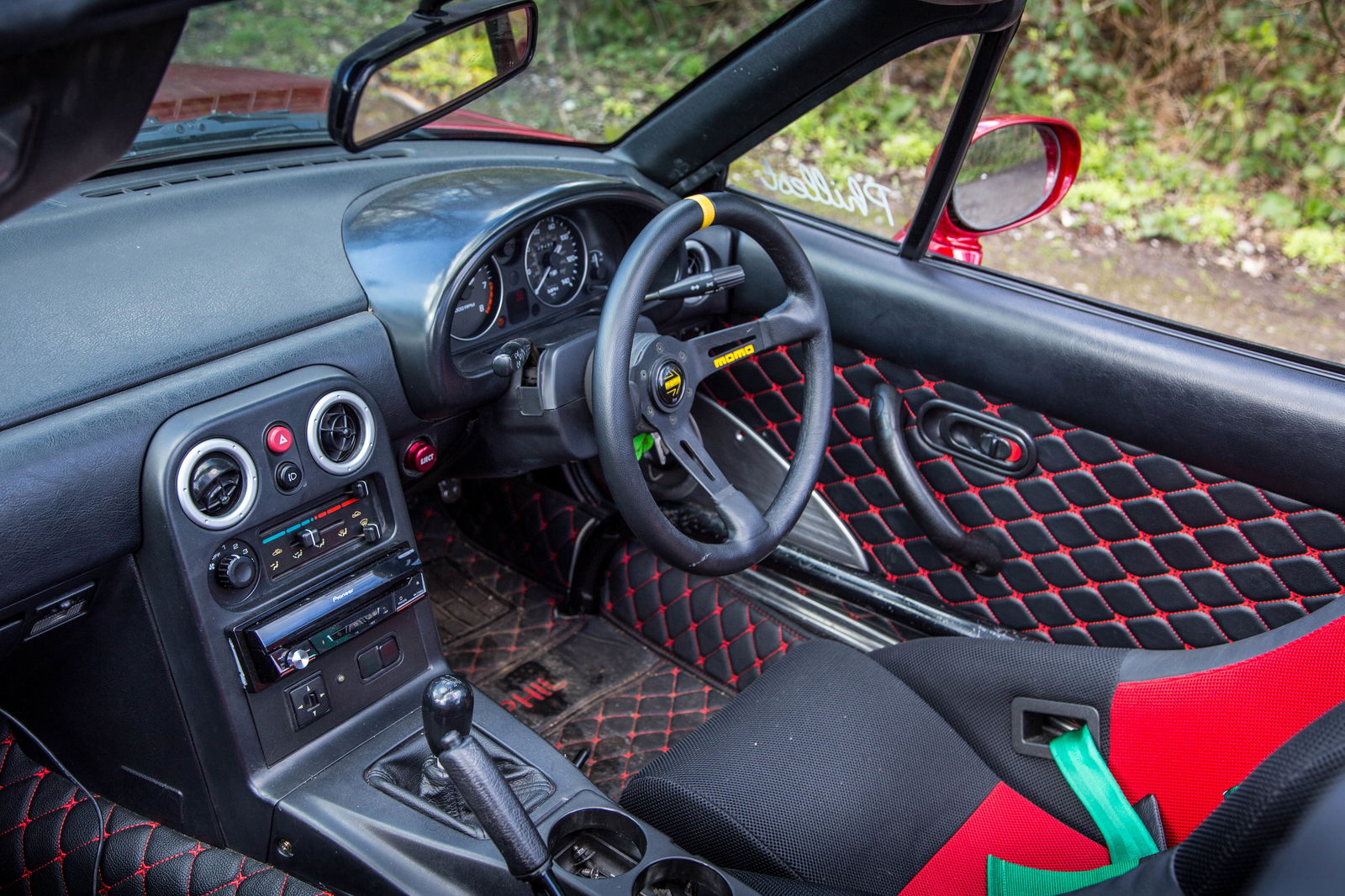
That’s the point of this kit - it sits neatly between the more obvious turbo-four solutions and the madcap V8 options (Rocketeer considers the latter to be “overkill”), providing more than enough go and a soundtrack to die for. The car the conversion creates is a little like an old S-series TVR - a Ford V6 in a lightweight package - but with a lot more power and much less plastic.
As for Phil, now he’s completed - or about as finished as a project car ever can be - Alex has achieved his goal of owning one of the best MX-5s in the country. Looks like I’ll have to go back to just mocking him for his height.
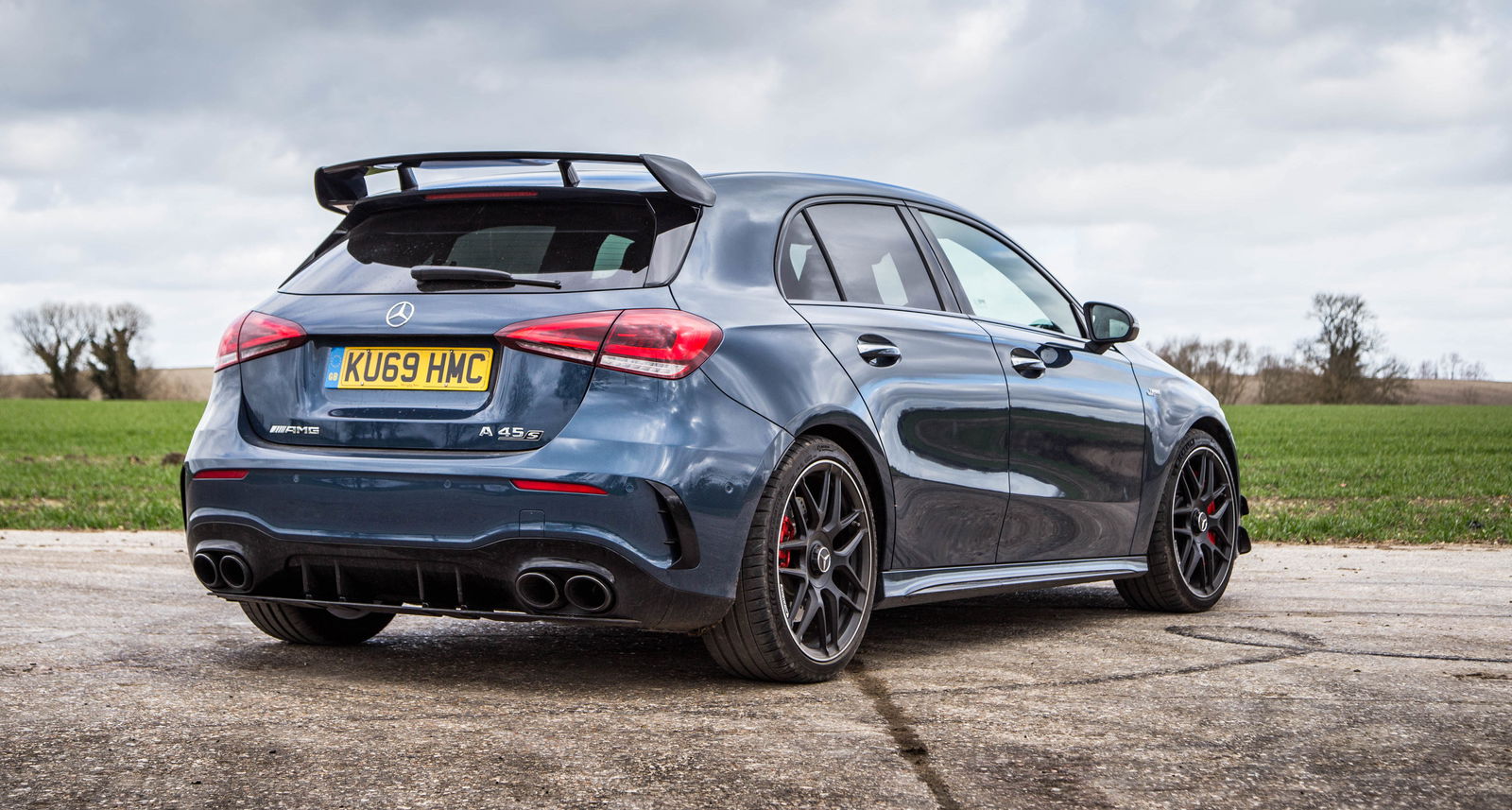


Comments
That’s the Duratec 30 right?
Maybe it’s just a difference of mindsets, but I don’t understand why Alex didn’t get upgraded brakes with better calipers and all. Yeah, I know it’s expensive, and I know that big calipers would have forced him to get bigger wheels, but “expensive” is quite subjective when you’re spending well over £15k on the engine alone.
While it is possible to go overkill on suspension components (which he didn’t do, which is very good), I don’t believe additional braking power can ever really be excessive. Of course, I’m not talking about switching to carbon-ceramics (which would be utterly pointless and way too expensive for a road car), since they don’t even brake better than steels, but better brake components are almost never a bad purchase, rather an investment.
Sure, the car is already light, but again, it’s hard to have too much braking power. The mindset might have been to focus on the powertrain rather than the chassis, and it’s not a bad one, but I don’t really get not upgrading anything else other than brake lines. I mean, at £25k, what’s another £2k?
I’d personally most likely be happy with a rear-disk conversion on my own version of such a project car (an EK/EG Civic), along with better brake lines, but if I were to spend that kind of money into it, I’d obviously be spending more on brakes.
tbh I first saw this new Phil Idonthaveenoughfingers.0 on Carwow, and the thing that really caught my eye was that interior.
Whats the name of the material on the door cards